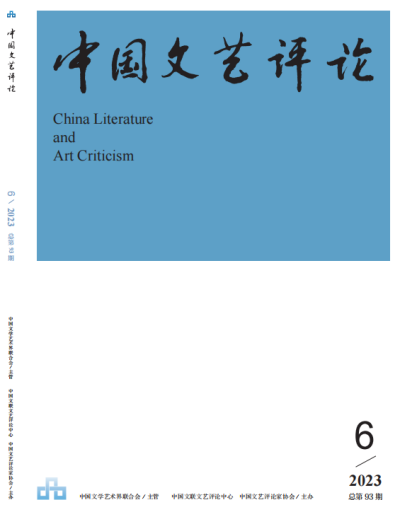
Topical Design: Chinese Path to Modernization and Chinese Literature & Arts (III)
■ "The Chinese Path to Modernization" and the Renewal of Discourse in Literary and Art Criticism(PP. 4-13)ZHOU Zhiqiang
Abstract: The proposition of "Chinese path to modernization" provides the direction of theoretical construction and the basis of updating the critical consciousness for the "Chinese-style problem" of contemporary Chinese literary and art criticism, and guides literary and art criticism in positioning its social role, establishing value ideals, innovating critical ethics, introducing eco-criticism and reconstructing its spiritual character. As a result, Chinese literary and art criticism needs to establish an organic discourse that focuses on the intellectual public, a dialectical discourse that focuses on comprehensive development, and a universal discourse that embodies the community of shared interests for humanity, where these three discourses should be integrated with each other to build a new type of literary theoretical discourse.
Keywords: Chinese path to modernization, literary and art criticism, discourse renewal, political imagination
■ On the Historical Evolution of Literature and Art in the Process of Chinese Path to Modernization(PP. 14-26)DU Xuewen
Abstract: Although modernization is a global historical trend, there are striking differences in the development trends of specific countries. It is very important to learn from the experiences and lessons of the developed countries, but it is not equal to taking them as the standard for everything. Nor can we make literature and art in the process of modernization evolve into the "only" form. With the development of productivity, it has had an important impact on the external form of literature and art, as well as on the form of its creation. Chinese literature and art have always been the most sensitive and proactive, and have had a very conscious performance of the historical process of Chinese path to modernization, in which their expressive methods are different from the previous "tradition", showing a richer and more vivid diversity.
Keywords: Chinese path to modernization, modernization, the form of creation, Chinese literature and art, diversity
■ The Common Divisor of Marxist Literary and Artistic Theory:Based on the "Chinese Path to Modernization"(PP. 27-37)CUI Ke
Abstract: In the past decade, the research level of Marxist literary and artistic theory in China has been improved and the pattern has been changed, but at the same time, there are some problems. Since the coming of the new era, Marxist literary and artistic theory in China has formed a triple pattern of classical, Chinese and Western Marxism, and the lack of sufficient dialogue between the three, especially between Chinese and Western Marxist literary theories, has affected the deepening development and systematic construction of Marxist literary and artistic theory. Chinese Marxist theory of literature and art should be based on the theory and practice of "Chinese path to modernization", with a critical vision of capitalism and concern for the vast majority of people as the common divisor, so as to achieve theoretical innovation on the basis of deep-going dialogue.
Keywords:Marxist literary and artistic theory, Chinese path to modernization, common divisor
Theoretical Exploration
■ Music Theory of the Han-Wei Dynasty and the Transformation of "Harmony"(PP. 38-48)HAN Wei
Abstract: The Han-Wei dynasty is a unique period in the history of Chinese aesthetics and art, and music theory is of importance to display aesthetic features of this period. From the perspective of genetics, music is the vital source of "harmony". In the music theory of the pre-Qin dynasty, the basic dimensions of the harmony of heaven and earth, of human nature and of society formed and showed internal connections among each other. On the one hand, the music theory of the Han-Wei dynasty developed a mysterious "harmony" with witchcraft color to the relatively objective "Qi harmony"; on the other hand, it also promoted the generation of the concept "beauty harmony" which was more human and realistic. The process of "Qi harmony" evolving to "beauty harmony" shows in microcosm the process of consciousness of Chinese art. Thereafter, despite the existence and occasional prominence of ethical and political music theory, the dimensions of "harmony of sound" and "harmony of instrument" in "beauty harmony" have forged new aesthetic standards. Historically, the appreciation of "light harmony" in Tang-Song period, the promotion of the "harmony of senses" in Ming-Qing period and the emphasis of the society on the instruments are the continuation of the aesthetic taste of the Han-Wei dynasty.
Keywords:Han-Wei dynasty, music theory, harmony, the instrument
■ Canon as a Problem: Classical, Modern, and Postmodern(PP. 49-61)FENG Qing
Abstract:The wide use of the term canon has become normalized. In ancient China, or in the classical period of the Western world, "canon" had a sort of ontological meaning related to universality and authority. In the context of modernity, the development of "canonization" is often based on two approaches: aesthetics and historiography. Tradition is the historical foundation for literary works to become "canon". In the context of postmodernism, the tendency towards "decanonization" critically examines the possible ideological operations behind the generation of classics by revealing their aesthetic effects and historic processes. This tendency makes the concept of "canon" increasingly ineffective, so it is necessary to return to the tradition of civilizations and restart the vitality of' "canon".
Keywords: canon, canonization, tradition, decanonization, modernity
■ The Solution to Valuation Dilemma of Literary Theory(PP. 62-72)JIA Shanhong
Abstract: Max Weber's viewpoint of "value neutrality" emphasizes academic objectification and autonomy reflecting the enlightening pursuit of the truth of human nature based on the truth of facts. It inspires literary theory to avoid the distortion and cover of external value judgment on objective facts in the process of research, so as to maintain the scientific nature of the research. At the same time, "value relevance" is the inevitable direction of literary theory research: On the one hand, the analysis of the characteristics of the literary object itself includes the evaluation of its value. On the other hand, the disciplinary goal of theoretical foresight and practical guidance also makes the valuation principle inevitable for literary theory. Therefore, "value neutrality" and "value relevance" are the inevitable choices of the development of literary theory. Both sides can not satisfy the development demands of literary theory alone. How to realize the balance of the two becomes the valuation dilemma of literary theory. The discussion of this issue in the Chinese literary theory circle reflects the concern about the involvement of multi-value standard. Inspired by the idea of "literature is the study of human", literary theory regards the return to true human nature as the criterion, regulating the evaluation of literary characteristics by multiple value standards. In this way, the human nature is promoted to transcend alienation and to realize the sublimation in the aesthetic process of literature, and the combination of individuality and commonness is achieved, which facilitates the balance between scientific principle and valuation attitude to be reached, and provides a solution to the valuation dilemma of literary theory.
Keywords: literary theory, humanism, scientific principle, valuation attitude
Random Thoughts on Arts
■ The "Intertextuality" of Language and Imagesin Chinese Calligraphy and Its Phenomenological Interpretation(PP. 73-85)YU Guanghua
Abstract: The artistic meaning of calligraphy is rooted in the line form, but it cannot be separated from the semantic system of Chinese characters. The meaning of words and that of calligraphy are intertwined. However, the question of how calligraphy connects language and pictorial sign systems remains unresolved. Phenomenology provides another interpretive path for further thinking about the origin of calligraphy and language. The phenomenology returns to the subject of speech, and believes that language symbols with one-to-one correspondence of signifying relationships are actually full of meaning gaps, and the calligraphy is the condensation of invisible meaning gaps in the process of language writing. While expressing meaning in language, ancient Chinese started the "double image" system of calligraphy. Calligraphy, in the form of images closest to language symbols, once again "speaks" language, pointing to the "essence of language" that cannot enter the visible order. Language and image cross each other and jointly construct a multi-dimensional, dynamic and complex space of calligraphical art meaning.
Keywords: calligraphy and language, the relationship between language and images, semiotics, phenomenology
■ Costume Drama and Contemporary Transformation of Traditional Chinese Culture(PP. 86-98)XU Xiaoyuan
Abstract: The contemporary transformation of traditional Chinese culture is not only the requirements of cultural evolution and inheritance, but also a need for film and television to present traditional culture preferably. As a cultural form catering to popular taste as well as an important media for promoting national cultural undertakings, costume drama has carved out a potential path for the contemporary transformation of traditional culture. In costume dramas, contemporary transformation of traditional Chinese culture is mainly manifested in morality, view of law and people-oriented view. Through the combination of excellent traditional Chinese culture, modern language symbols, and the emotional evoking process, costume drama has realized the bridging and dynamic dialogues between "ancient time" and "the present". In future development, it is hoped that a balance and unity between historical authenticity and artistic reality, mainstream values and mainstream markets, and national individuality and human commonalities will help build a strong socialist culture and promote the inheritance and spread of traditional Chinese culture internationally at a higher level.
Keywords: costume drama, traditional Chinese culture, contemporary transformation, film and television power
Critical Analysis
■ The Cuckoo Cries Red All over the Green Hills:After Viewing the Full-length Version of The Peony Pavilion by Shanghai Kunqu Opera Troupe(PP. 99-105)FU Jin
Abstract: The staging of Shanghai Kunqu Opera Troupe's full-length production of The Peony Pavilion is a noteworthy phenomenon, which is a high-level stage presentation of a traditional classic, and a feat that reflects the cultural commitment of Shanghai Kunqu Opera Troupe. The cultural and academic aspects of the full-length production of The Peony Pavilion are more significant than the theatrical and artistic aspects, and the "pinching of the play" by the veteran artists to perfectly mosaic the previously unheralded show into the gaps of the classic folding opera should be seen as an academic showcase. The full embroidery on the heroine's costume and the full-screen azalea on the canopy render the imagery of "cuckoos crying red all over the green hills", and the stage transitions and multimedia lighting give the audience an experience like being in a Suzhou garden. However, the use of the dialects of the characters in the play and the "Jitang" verses which are suitable for desk reading are a hindrance to the experience of watching the drama.
Keywords: Peony Pavilion, Shanghai Kunqu Opera Troupe, contemporary Chinese theater, pinching of the play
Interview with Renowned Experts
■ I am a student of SHA Fei: An Interview with GU Di, a Red Photography Historian and photographer (PP. 106-123)Interviewed by ZHANG Xiaorong
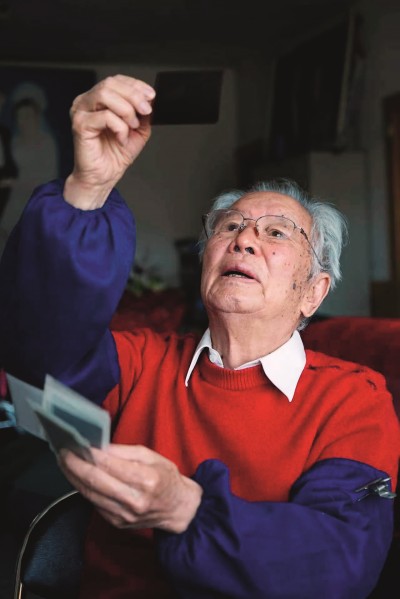
Inside Front Cover
Chinese Literary Critics: YE Qing
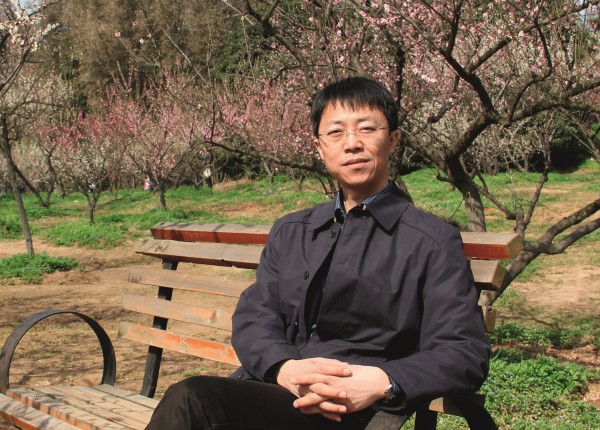
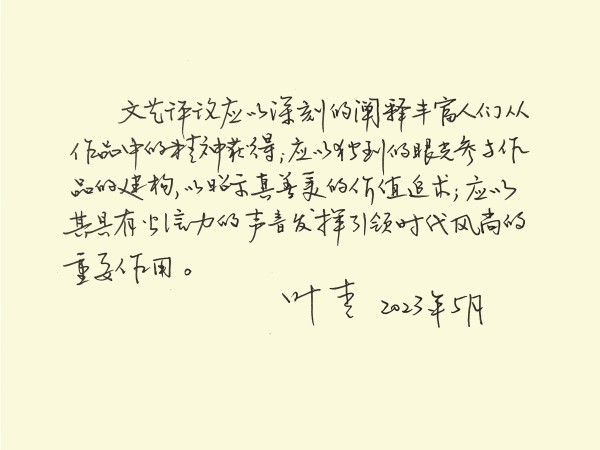
Inside Back Cover
Review of Members of China Literature and Art Critics Association:Tianjin Literature and Art Critics Association
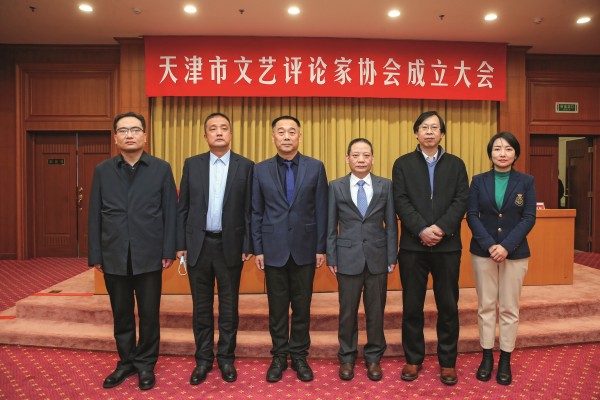
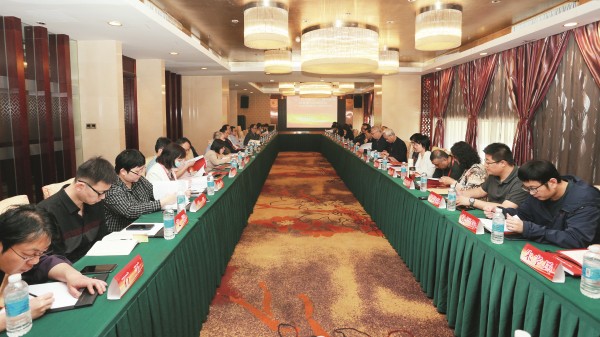
Back Cover
Poster of the 4th National Ethnic Literature and Arts Forum
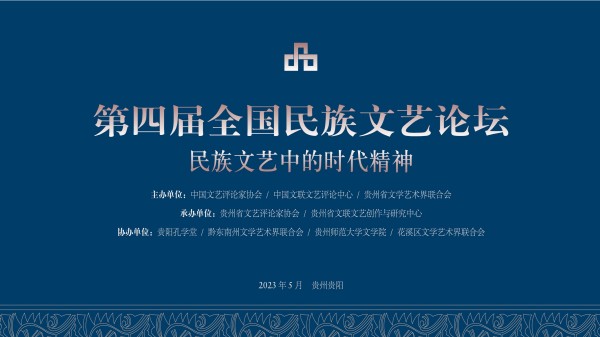
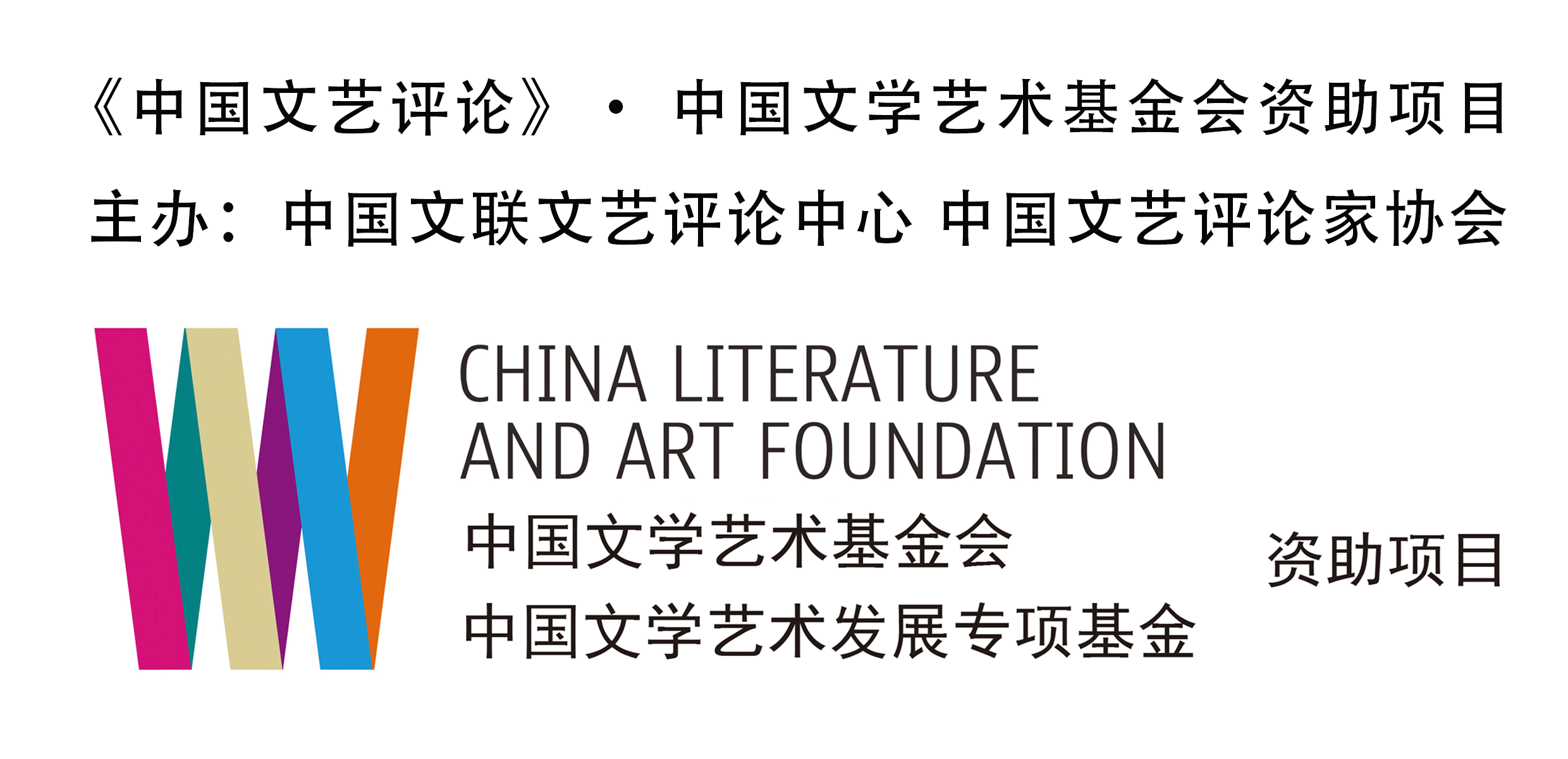

中国文艺评论网
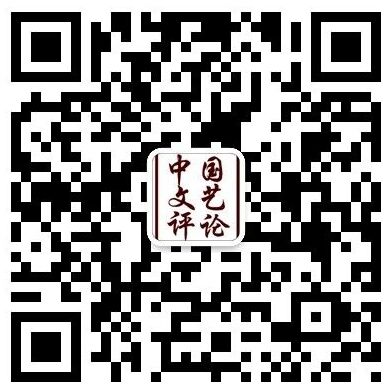
“中国文艺评论”微信公号

“中国文艺评论”视频号